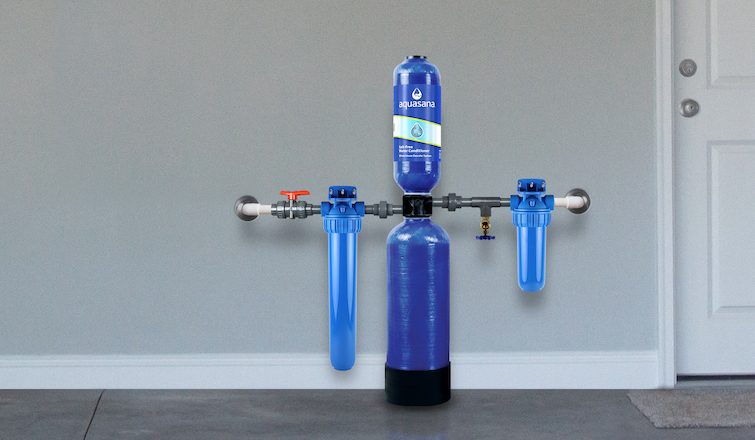
Water Softener Installation is a crucial process for households dealing with water hardness. Hard water, characterized by high mineral levels, mainly calcium and magnesium, can cause various issues, such as scale buildup in pipes and devices, reducing their efficiency and lifetime. Setting up a water softener can efficiently tackle this issue. These devices work by exchanging the calcium and magnesium ions in the water with sodium, thereby softening the water. While the installation process, which entails connecting the water softener to your house’s water supply line, might appear simple, it is advised to hire a professional to ensure safety and correct installation.
Eastern Water and Health</2>
On the other hand, Reverse Osmosis (RO) and Treating Water are integral to cleaning water and rendering it safe for consumption. RO is a technique that cleans water by forcing it through semi-permeable filter under high pressure, efficiently getting rid of up to 99 percent of harmful compounds, including salts in water, bacteria in water, and pyrogens in water. Water treatment, a broader term, covers different methods like disinfection, filtering, and distilling, each with its individual pros. The choice of method of method is based on the specific needs of of the water source of water and its purpose, underscoring the importance of of frequent water testing of water quality.
In today’s world, the importance of pure, safe, and softened water can not be overstated. This article will explore three crucial aspects of water filtration: Water Softening Setup, RO, and Water Purification.
Water Softener Installation
Water softeners are crucial for residences with hardened water. Hard water contains high levels of amounts of mineral content like calcium and magnesium ions, which can lead to scaling in pipelines and appliances, decreasing their efficiency and life span.
Setting up a water softener is a pragmatic answer to this issue. A water softener works by swapping the calcium and magnesium ions in hard water with sodium ions, effectively softening the water. The setup procedure involves connecting the water softener to your house’s water supply. It’s suggested to employ a pro for the installation to guarantee it’s done right and safely.
RO
Reverse Osmosis is one more popular method for purifying water. It works by pushing water via a semi-permeable membrane under high pressure. This procedure gets rid of up to 99 percent of dissolved in water salts, particles, organics in water, bacteria, and pyrogens in water from the water, making it safe to drink for consumption.
RO systems are frequently utilized in both of residential and commercial situations. They are relatively easy to set up and keep, offering a reliable source of purified water.
Water Purification
Water treatment is a broad expression that covers various methodologies utilized to make water safer to use for human consumption. Besides water softening and RO, other typical water purification methods incorporate disinfecting (using chlorine or UV light treatment), filtration, and distillation.
Each technique has its benefits and is employed depending on the specific needs of the water source and its intended usage. Regularly testing of of water quality of water is essential to decide the most efficient purification methodology.
Ending
In conclusion, water softener setup, reverse osmosis, and water treatment are all crucial facets of guaranteeing access to cleaned, safe, water. By comprehending these processes, we can make educated decisions about our water consumption and treatment, contributing to to more healthy lifestyles and a better earth.
We found this article on May 11, 2024 at 01:54PM at via Top 52 Best Eastern Water and Health
Comments
Post a Comment